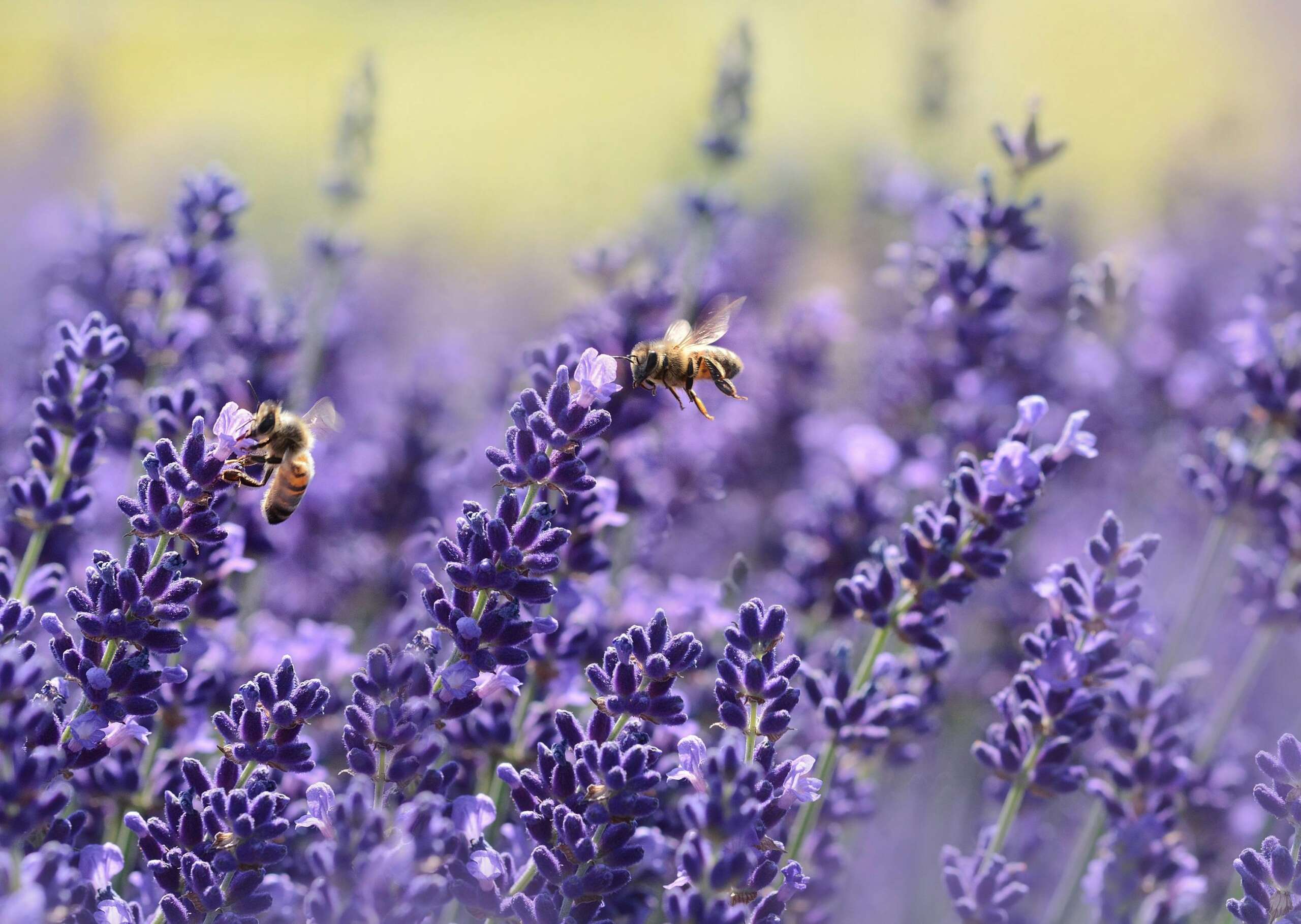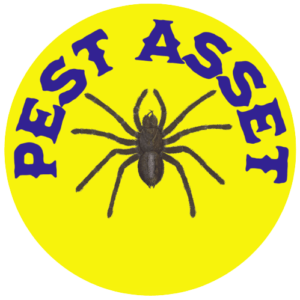
Spring Bees in Northeast Ohio: A Complete Guide
Table of Contents
As winter fades and spring blossoms across Northeast Ohio, a fascinating natural phenomenon begins: the emergence of bees. These vital pollinators play a crucial role in our ecosystem, but their presence can sometimes cause concern for homeowners. Here’s what you need to know about spring bees in Northeast Ohio, their habits, and how to coexist peacefully with these important insects.
The Spring Awakening of Northeast Ohio’s Bees
When temperatures consistently reach above 50°F in Northeast Ohio, usually around late March to early April, bees begin to emerge from their winter dormancy. This annual emergence is a critical ecological event, signaling the start of the pollination season that supports our region’s plant life, agriculture, and food supply.
The timing of bee emergence in Northeast Ohio varies slightly each year depending on weather patterns. In recent years, as spring temperatures have become more erratic, bee emergence patterns have also shown some variation. However, by mid-April, most native bee species are actively foraging, building nests, and establishing colonies across the region.
Common Bee Species in Northeast Ohio
Northeast Ohio is home to a diverse range of bee species, each with unique characteristics and behaviors. Understanding these differences can help homeowners distinguish between various types of bees they might encounter during spring.

Honey Bees
Honey bees (Apis mellifera) are perhaps the most recognizable bee species in Northeast Ohio. These social insects live in large colonies of up to 60,000 individuals. In early spring, honey bee workers begin foraging for nectar and pollen from early-blooming plants like maple trees, dandelions, and fruit blossoms.
Honey bees in Northeast Ohio are primarily managed by beekeepers, although some wild colonies exist. These industrious insects are gentle unless threatened and play a crucial role in pollinating many of our food crops. A single honey bee colony can pollinate millions of flowers each day during peak spring activity.

Bumble Bees
Bumble bees (genus Bombus) are large, fuzzy bees that are among the first to appear in Northeast Ohio’s spring landscape. Queens emerge from underground hibernation in early spring, searching for suitable nest sites in abandoned rodent burrows, under leaf piles, or in tall grass.
Northeast Ohio is home to several bumble bee species, including the common Eastern bumble bee (Bombus impatiens) and the two-spotted bumble bee (Bombus bimaculatus). These bees are excellent pollinators, especially for early spring crops like blueberries and tomatoes. Their unique ability to “buzz pollinate” by vibrating their flight muscles makes them particularly valuable for certain plants.
Bumble bees are generally docile and rarely sting unless their nest is threatened. Their colonies are much smaller than honey bees, typically containing only 50-400 individuals by midsummer.

Carpenter Bees
As April progresses in Northeast Ohio, carpenter bees (Xylocopa virginica) become more visible. These large bees resemble bumble bees but have a shiny, hairless abdomen. Male carpenter bees, recognizable by their yellow or white facial markings, are often seen hovering around wooden structures in spring.
Carpenter bees get their name from their habit of boring perfectly round holes into untreated wood to create nesting galleries. While this behavior can cause property damage over time, carpenter bees are also important pollinators for many native Ohio plants.
Unlike social bees, carpenter bees are solitary, though they may nest near each other. The males, despite their intimidating territorial behavior, cannot sting. Females can sting but rarely do unless handled or threatened.

Mason Bees
Mason bees (genus Osmia) are among the first bees to emerge in Northeast Ohio’s spring, sometimes appearing as early as March. These metallic blue or green bees are incredible pollinators – a single mason bee can do the pollination work of up to 100 honey bees!
Mason bees are solitary nesters that use mud to build partitions in their nests, hence their name. They commonly nest in hollow plant stems, existing insect holes in wood, or in specialized “bee houses” provided by gardeners. The native blue orchard mason bee (Osmia lignaria) is particularly effective at pollinating fruit trees like apples, cherries, and pears that bloom in early spring throughout Northeast Ohio.

Mining Bees
Mining bees (family Andrenidae) are ground-nesting solitary bees that become active in early spring. These bees create small mounds of soil resembling ant hills in lawns, gardens, and bare soil patches across Northeast Ohio.
Though homeowners sometimes mistake these mounds for pest activity, mining bees are harmless and beneficial. They rarely sting and are excellent pollinators of early spring flowers and fruit trees. The most common species in Northeast Ohio, Andrena dunningi, has a distinctive reddish-brown thorax and is frequently seen on spring-blooming trees and shrubs.
Spring Bee Behavior and Habits in Northeast Ohio
Understanding bee behavior during spring in Northeast Ohio can help residents better appreciate these insects and reduce unnecessary concerns.
Foraging Patterns
In early spring, bees focus their foraging efforts on trees that bloom before leaves appear, such as maples, willows, and redbuds. As spring progresses, they move to fruit tree blossoms, dandelions, and spring-flowering shrubs. By late spring, they transition to clover, native wildflowers, and garden plants.
Bees are most active on sunny days when temperatures exceed 55-60°F. During Northeast Ohio’s unpredictable spring weather, bee activity may suddenly increase during warm spells and decrease during cold snaps.
Nesting Behaviors
Spring is when most bee species in Northeast Ohio establish or expand their nests:
- Honey bees begin rapidly expanding their colonies after winter, with queens laying up to 2,000 eggs per day. Beekeepers often observe “bee bearding” on warm spring days when workers cluster outside the hive to regulate temperature.
- Bumble bee queens spend spring establishing new nests and raising their first brood of workers. By late spring, these workers take over foraging duties while the queen focuses on egg-laying.
- Solitary bees (including mason, mining, and leafcutter bees) focus on creating and provisioning nest cells throughout spring. Adult female solitary bees may create dozens of nest cells, each containing a single egg and a provision of pollen and nectar before sealing it.

Swarming Season
Mid to late spring (typically May) is swarming season for honey bees in Northeast Ohio. Swarming is the natural reproductive process of honey bee colonies, where approximately half the workers leave with the old queen to establish a new colony. These swarms may temporarily gather on tree branches, fence posts, or occasionally on buildings while scout bees search for a permanent home.
While honey bee swarms look intimidating, they’re actually at their most docile during this process, as they have no hive to defend. However, finding a honey bee swarm on your property can be concerning, and contacting a local beekeeper for removal is recommended rather than attempting control measures.
The Importance of Spring Bees to Northeast Ohio’s Ecosystem
The spring emergence of bees is vital to Northeast Ohio’s environmental health for several reasons:
Agricultural Impact
Northeast Ohio’s agricultural economy depends heavily on bee pollination. According to the Ohio State University Extension, honey bees and native bees contribute to the pollination of approximately 70 crops grown in Ohio, with an estimated economic value exceeding $600 million annually.
Spring fruit crops like apples, cherries, peaches, and blueberries rely almost entirely on bee pollination during their brief blooming period. Without adequate spring bee activity, these crops would experience significantly reduced yields.
Native Plant Support
Beyond agriculture, spring bees are essential for the reproduction of over 80% of flowering plants in Northeast Ohio’s forests, meadows, and wetlands. The timing of bee emergence has evolved to coincide with native plant blooming schedules, creating intricate ecological relationships that maintain biodiversity.
Research from the Pollinator Partnership indicates that healthy native bee populations contribute to more resilient ecosystems and more stable plant communities, which benefit wildlife and reduce invasive species pressure.
Common Concerns About Spring Bees
As bees become more visible in spring, Northeast Ohio residents often have questions and concerns about these insects.
Are All Bees Dangerous?
The vast majority of bee species in Northeast Ohio are non-aggressive and only sting when directly threatened or handled. Male bees of all species cannot sting at all. Most stinging incidents involve social bees (honey bees or bumble bees) defending their colonies.
Solitary bees, which make up about 90% of Ohio’s bee species, rarely sting even when their nests are disturbed. For most people, a bee sting causes temporary pain and swelling, though approximately 5-7% of people may experience more serious allergic reactions requiring medical attention.
Bees vs. Wasps
Many spring “bee” concerns actually involve wasps or hornets, which are different insects. Yellow jackets, hornets, and paper wasps are more aggressive than bees and more likely to sting. In spring, these insects are less numerous as only queens have survived the winter and are establishing new nests.
Learning to distinguish between bees and wasps can help Northeast Ohio residents respond appropriately to these insects.
When Bee Activity Becomes a Problem
While bees are beneficial, certain situations may require professional intervention:
- Large honey bee colonies established inside home wall voids or chimneys
- Carpenter bee infestations causing structural damage to wooden buildings
- Bee nests near doorways, children’s play areas, or high-traffic locations
- Known bee allergies among household members
In these cases, consulting with a professional pest management company like Pest Asset can provide peace of mind while ensuring these important pollinators are treated responsibly.

Supporting Spring Bees in Northeast Ohio
For those interested in supporting bee populations in their Northeast Ohio yards and gardens, several simple steps can help:
- Plant native flowering species that bloom throughout spring and summer
- Reduce pesticide use, especially on flowering plants
- Provide nesting habitat by leaving some areas of bare soil for ground-nesting bees and installing bee houses for cavity-nesting species
- Leave some dead stems and fallen logs as nesting sites
- Provide a water source with landing spots like stones or floating cork
These simple actions can significantly boost local bee populations while creating a more beautiful and productive garden landscape.
Professional Bee Management with Pest Asset
When bee activity creates genuine concerns for Northeast Ohio homeowners, Pest Asset offers specialized solutions that balance human comfort with ecological responsibility.
Our trained technicians can:
- Accurately identify bee species and determine whether intervention is necessary
- Implement targeted control measures for problematic nests in sensitive locations
- Provide preventative treatments for bees that protect structures while minimizing environmental impact
- Offer ongoing monitoring and management plans for properties with recurring bee concerns
Unlike generic pest control approaches, Pest Asset‘s bee management protocols recognize the ecological importance of these insects while addressing legitimate property and safety concerns.
Conclusion: Embracing Spring Bees in Northeast Ohio
The emergence of bees in spring is one of Northeast Ohio’s most important ecological events. These remarkable insects not only support our food systems and natural environments but also offer fascinating glimpses into the intricate relationships that sustain our regional ecosystems.
By understanding the different bee species, their behaviors, and their needs, Northeast Ohio residents can develop a more harmonious relationship with these essential pollinators. And when bee activity does create challenges, professional services like Pest Asset provide responsible solutions that respect both human needs and environmental health.
For more information about bee management or to schedule a consultation, contact Pest Asset today. Our knowledgeable team is ready to help you navigate spring bee season with confidence and peace of mind.


